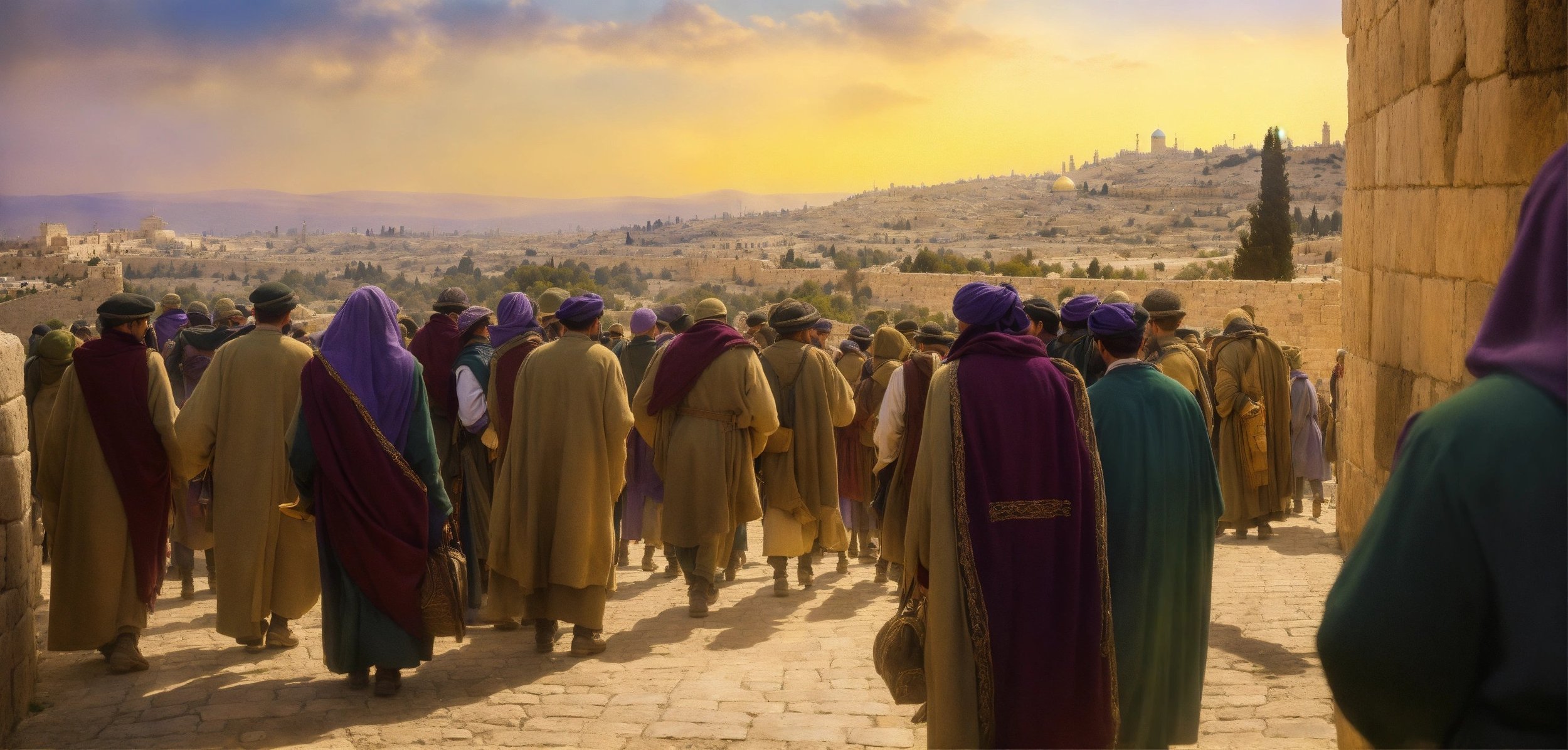
chapter 1 Navigating Through Land’s Chronicles
Chapter One, “Navigating Through Land’s Chronicles,” delves into the intricate and contentious history surrounding land ownership, starting with the provocative question, “Who Owns the Land?” It explores the evolution of the Land of Palestine, uncovering the deep-rooted historical context. The chapter navigates through controversies, decoding biblical narratives through the lens of archaeological insights, shedding new light on ancient perspectives. It ventures into “The Dawn of a New Age,” delving into the Ottoman Era in Palestine, the emergence of Zionism in the new century, and the consequential Great Palestinian Revolution. Within this tapestry of historical epochs, the narrative unpacks the emergence of “Israel” catalyzed by Zionist gangs, marking a pivotal turning point in the region’s history.

chapter 2 Distorted Consciousness
In Chapter Two, “Distorted Consciousness,” the narrative delves into the complexities of human moral dilemmas and their intertwining with the “Palestine Dilemma” faced by Zionists. Exploring the intricate layers of a superiority complex, it dissects the psychological dimensions, touching upon the Sadistic Personality Disorder (SPD) and the echoes of this superiority. The chapter navigates through the construct of a dual-personality state, unraveling Israel’s existential anxiety and delving into delusional symbolism, including denialism and cognitive dissonance. Within this turmoil, the narrative portrays the existential struggle of the Palestinians, chronicling inventive Palestinian resistance and the survival instincts fueling their actions. It dissects the perplexing concept of “The good Palestinian is the dead one,” illustrating the depths of the conflict’s psychological toll.
-
-
-
Sadistic Personality Disorder (SPD)
Echoes of Superiority
-
-
-
Denialism
Cognitive Dissonance
-
Inventive Palestinian Resistance
Survival of the Fittest
Homicidal Tendency: “The good Palestinian is the dead one”
-
-
-

chapter 3 The Narrative That Conquered History
Chapter Three, titled "The Narrative that Conquered History," critically explores prevailing Zionist narratives and their impact on shaping historical perspectives. Beginning with the paradoxical notion of Israel as "The only democracy in the Middle East," it unravels the layers of racism within Israeli society and the consequential impacts on identity, including themes of obliteration, genocide, and apartheid. The chapter dissects the widely circulated phrase "A land without a people for a people without a land," scrutinizing Palestinian national identity and the societal fabric before the Nakba. It navigates through the complexities of Jewish return to the "Promised Land," juxtaposing the genetic makeup of Jews and Palestinians while exposing deceptive generalizations. The narrative confronts the haunting phrase "The old die, the young forget" and dissects the construction of "Antisemites," unveiling the historical nuances of the Nazi-Zionist alliance and the fabrication of antisemitism for political ends. Finally, it challenges the assertion that "The Palestinians sold their land," deconstructing this oversimplified claim within the broader historical context.
-
Racism In Jewish Society
Identity Obliteration, Genocide, and Apartheid
-
Palestinian National Identity
The Palestinian Society before the Nakba
-
The DNA of Jews and Palestinians
Generalize to deceive!
-
-
Nazi-Zionist Alliance
Not Judaism or Semitism, but Zionism
-

chapter 4 The Palestinian Nakba
In Chapter Four, "The Palestinian Nakba," the narrative confronts the harrowing events surrounding the Nakba, peeling back the layers to reveal the masterminds and plans behind this catastrophic period in Palestinian history. It shines a light on the instrumental role of the Jewish National Fund (JNF) in the acquisition of Palestinian land and the subsequent displacement of its people, delving into the intricate details of their operations. The chapter also examines the complicity of the British in this tumultuous period, unraveling the complexities of their involvement and the impact of their policies on the Palestinian population. Through a critical lens, it exposes the orchestrated actions and collaborations that led to one of the most tragic episodes in Palestinian history, the Nakba.